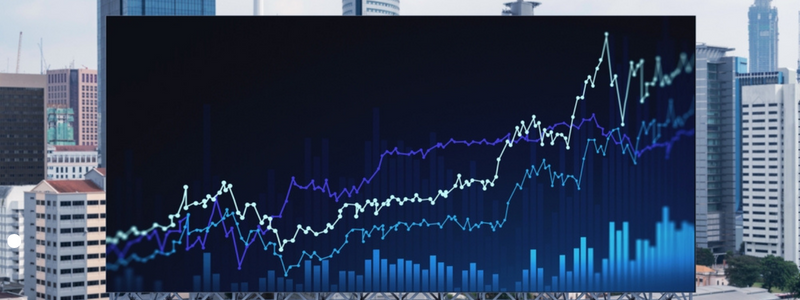With the emergence of big data, new methods of collecting consumer information has greatly benefited corporations by enabling them to target consumers based on their interests, characteristics, and traits. The digitalization of billboards has further enhanced this process, introducing a data-driven approach to ad delivery. The transformation of data usage, along with the integration of billboards and data collection, has led to billboards becoming more precise in targeting, more measurable in results, and more impactful than before.

Precise Targeting Through Data
In the past, billboard placements relied on demographic assumptions about locations. For example, a billboard in a college town might feature products and services appealing to students. Today, data analytics allows advertisers to know exactly who sees their billboards. By using GPS devices, social media, and mobile apps to analyze traffic patterns and demographic information, advertisers can find the precise audience segments that pass by their billboards, including age, gender, interests, and even purchasing behavior.
Data also plays a critical role in selecting billboard locations. By tracking traffic patterns and using heat maps to identify high-traffic areas, companies can choose billboard placements based on the impressions they want to generate, making the process more accurate and data-driven.
This precision is further enhanced by geofencing, a technology that triggers ads on consumers’ mobile devices once they pass a certain billboard. Geofencing constantly collects data, tracking the demographics and characteristics of people passing through specific areas. Without collecting any personal information, this data is distributed to advertisers, enabling them to create comprehensive ad campaigns tailored to the audience passing by their billboards. Additionally, by delivering ads to mobile devices, billboard advertising is elevated to a new digital level.
Measuring effectiveness through impression data and mobile tracking makes it easier for advertisers to see clear results from billboard campaigns. Mobile tracking analyzes movement patterns to determine whether exposure to a billboard leads to increased store visits or web searches. Advertisers can also retarget individuals exposed to a billboard ad with online ads, reinforcing the message and increasing brand recall.
Benefits of Data-Driven Billboard Advertising
Data-driven billboard advertising offers several benefits, including enhanced targeting that ensures the right message reaches the right audience at the right time. This leads to improved ROI, as optimized ad placement results in increased engagement and sales. Comprehensive insights from data analytics provide a deeper understanding of consumer behavior and preferences, allowing campaigns to remain effective by making billboards measurable and leveraging the digital aspect to each company’s advantage. This means advertisers can tailor each campaign to their target audience, enhancing its effectiveness and impact.
The Role of Geopath
Geopath is a non-profit organization that provides audience location measurement, insights, and analytics for out-of-home (OOH) advertising, including billboards. It has become a leader in providing data that enhances the effectiveness of OOH advertising. Geopath’s mission is to provide advertisers with accurate data and insights, enabling them to make informed decisions about their OOH advertising strategies. They aim to enhance the credibility and accountability of OOH media through standardized measurement practices.
Geopath uses a combination of data sources, including mobile data, traffic patterns, census data, and GPS information, to provide a comprehensive view of audience demographics and behavior. This data allows advertisers to create detailed audience profiles, enabling precise targeting based on factors such as age, gender, income level, and lifestyle preferences. Geopath’s data includes impression metrics that measure the number of people who have the opportunity to see a billboard, allowing advertisers to evaluate the reach of their campaigns.
International Outdoor uses Geopath to install geofencing and collect data on Metro-Detroit’s commuters. With this data, we direct our clients to which boards, locations, times, and periods would suit them best.

A Marketing Powerhouse
Data has undeniably transformed billboard advertising from a static medium into a dynamic and data-driven marketing powerhouse. By leveraging data analytics, advertisers can achieve unprecedented levels of targeting, measurement, and engagement, ensuring that their messages resonate with the right audience at the right time. As technology continues to evolve, the possibilities for data-driven billboard advertising are limitless, promising a future where advertising is not only more effective but also more personalized and impactful.
